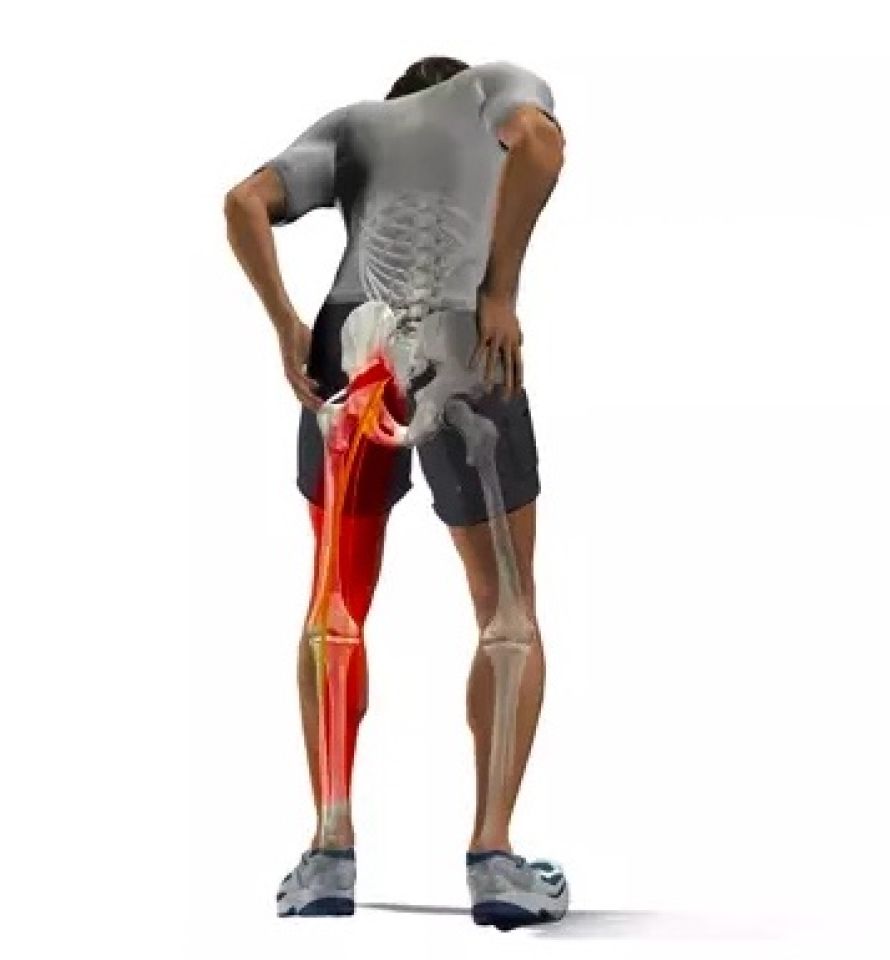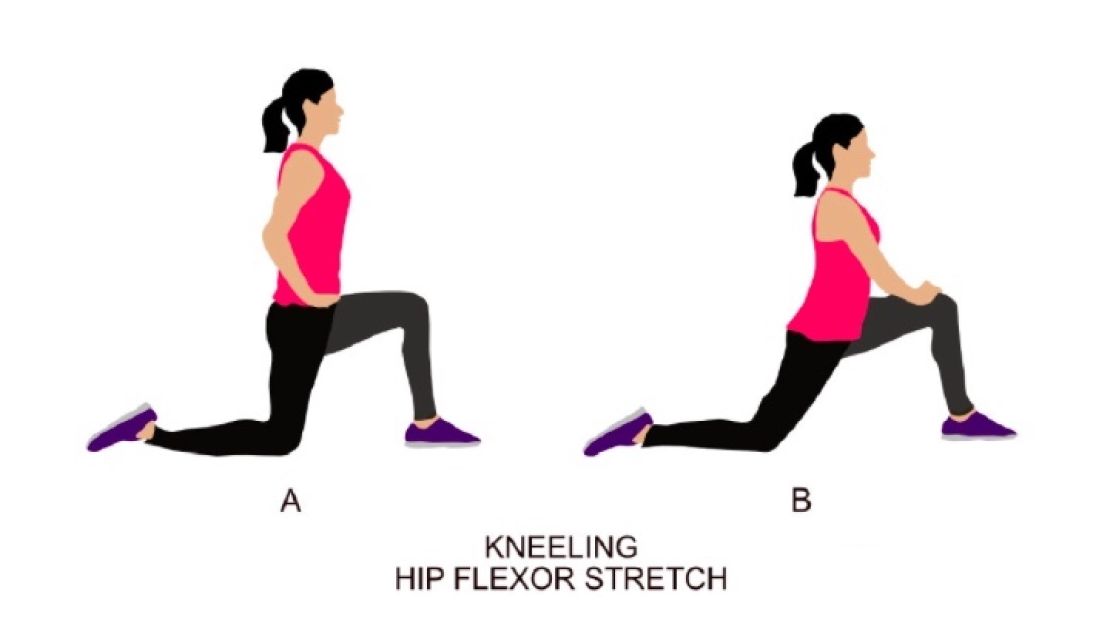What is Piriformis Syndrome

Symptoms of Piriformis Syndrome
- Pain in the buttocks, hip, and/or leg
- Numbness or tingling in the buttocks, hip, and/or leg
- Difficulty sitting for long periods of time
- Pain when walking or running
- Pain that worsens with activity
Causes of Piriformis Syndrome
- Overuse or repetitive stress on the piriformis muscle.
- Trauma to the buttocks or hip area.
- Tightness or imbalance in surrounding muscles.
- Anatomical abnormalities in the piriformis muscle or sciatic nerve Pregnancy or childbirth.
Treatments and Home Remedies for Piriformis Syndrome
Some of the remedies and treatments include:
- Physiotherapy, stretching exercises for the piriformis muscle and surrounding muscles.
- Applying heat or cold therapy to the affected area.
- Massage therapy to release tension in the piriformis muscle.
- Over-the-counter pain medications such as ibuprofen or acetaminophen or Corticosteroid injections to reduce inflammation and pain.
- Surgery in rare cases where other treatments have failed
- Ant-inflammatory foods such as Turmeric, Horsetail tea, and Ginger.
- Surgery or Hydro-Dissection in rare cases.
Stretches
Stretching exercises for the piriformis muscle and surrounding muscles: Stretching can help relieve tension in the piriformis muscle and surrounding muscles, reducing the compression on the sciatic nerve. Some effective stretches include:
Figure-four stretch
Lie on your back with your knees bent and feet flat on the ground. Cross your right ankle over your left knee, and gently pull your left thigh towards your chest until you feel a stretch in your right hip. Hold for 30 seconds, then switch sides.
Piriformis stretch

Sit on a chair with your feet flat on the ground. Cross your right ankle over your left knee, and gently lean forward until you feel a stretch in your right buttock. Hold for 30 seconds, then switch sides.
Hip flexor stretch

Kneel on your right knee with your left foot flat on the ground in front of you. Lean forward until you feel a stretch in your right hip flexor. Hold for 30 seconds, then switch sides.
Heat Or Cold Therapy
Applying heat or cold packs to the affected area depending on what makes you feel better helps. Heat can help relax tense muscles, while cold can reduce inflammation and pain. You can use a heating pad, warm towel, or hot water bottle for heat therapy, and a cold pack or bag of ice for cold therapy. Apply heat or cold to the affected area for 15-20 minutes at a time, several times a day.
Massage therapy for Piriformis Syndrome
Massage Therapy is one of the great remedies to release tension in the piriformis muscle. Massage can help relax the piriformis muscle and surrounding muscles, reducing pressure on the sciatic nerve. You can use a foam roller or tennis ball to massage the affected area, or you can seek out a licensed massage therapist for a professional massage.
Medication and Surgical Intervention for Piriformis Syndrome
Over-the-counter pain medications such as ibuprofen, naproxen, or acetaminophen can help reduce pain and inflammation caused by piriformis syndrome. Be sure to follow the recommended dosage and talk to your doctor if you have any questions or concerns.
Research shows that in rare situations when conservative treatment to relieve the pain is failed, minimally invasive methods such as steroid injection, botulinum toxin injection, dry needling, endoscopic decompression or Hydro Dissection can be potentially effective therapies with minimal complications as compared to invasive surgeries.
Home Remedy For Piriformis Syndrome Using Turmeric
Turmeric is a spice with anti-inflammatory properties that can help reduce inflammation and pain in the affected area. You can add turmeric to your meals or take it as a supplement.
Home Remedy For Piriformis Syndrome Using Ginger
Ginger is another anti-inflammatory spice that can help relieve pain and reduce inflammation. You can add fresh ginger to your meals or drink ginger tea.
Essential Oils for Piriformis Syndrome
Essential oils such as lavender, peppermint, and eucalyptus can help reduce pain and inflammation in the affected area. You can dilute the essential oils in a carrier oil and apply them topically, or you can use them in a diffuser.
Horsetail Tea for Piriformis Syndrome
Horsetail tea contains silica, which can help strengthen the connective tissues in the affected area. You can steep 1-2 teaspoons of dried horsetail in hot water for 10-15 minutes and drink the tea.
Omega-3 Fatty Acids for Piriformis Syndrome
Omega-3 fatty acids can help reduce inflammation and pain in the affected area. You can get omega-3s from fatty fish such as salmon, mackerel, and sardines, or you can take fish oil supplements.




Comments
There are currently no comments.Post Your Comments